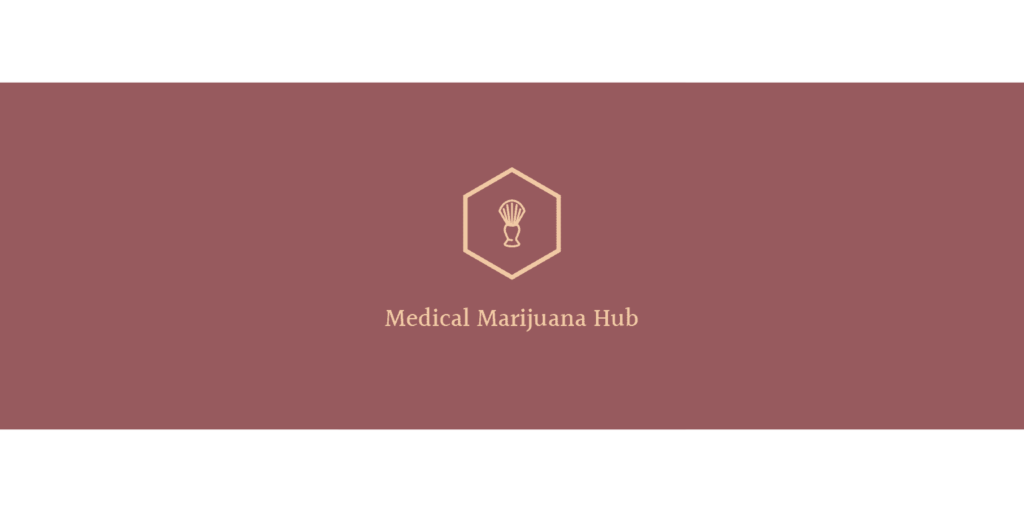Equipment Sale and Leaseback is a method to quickly turn non-liquid assets into working capital. This financing technique can be an excellent option for companies looking to invest in growth strategies, reduce debts or cover emergency expenses.
A company sells its titled equipment to an equipment leasing company, then leases it back for a specified term. This allows the business to continue using the machinery without requiring a large upfront payment.
Benefits
A sale leaseback provides companies with immediate access to capital, converting illiquid assets into working cash that can be used to fund growth opportunities or pay down debt. This strategy also helps businesses optimize their capital structure, strengthening their balance sheet and enhancing creditworthiness.
Contrary to popular myths, leasing companies do not exclude equipment from qualifying for sale leasebacks on the basis of age, condition or other factors. Instead, they focus on maximizing the value of an asset for all stakeholders.
In addition, lease payments can be tax deductible, further improving the financial benefits of this financing strategy. Unlike additional debt, sale leasebacks do not impact a business’ credit facilities and can be customized to suit its operational needs in terms of length, renewal options and payment structure. Moreover, they can be structured as either a capital lease or an operating lease, depending on the company’s requirements. However, it’s important to evaluate the long-term effects of this financing arrangement.
Disadvantages
The biggest disadvantage of equipment sale and leaseback is that your business loses ownership rights to the asset. This may limit your decision-making abilities about its use, modifications and upgrades. Moreover, lease agreements often come with various obligations and restrictions that you must adhere to for the duration of the lease term. It is important to carefully review these terms and ensure they align with your operational needs, growth plans and financial situation.
In addition, it is essential to assess future equipment needs when deciding on this arrangement. Depending on how the leaseback is accounted for in financial reporting, it could impact future capital requirements or your ability to raise additional debt.
Despite these potential short-term challenges, sale and leaseback can provide a quick and convenient way to unlock trapped cash for growth. It is a powerful financing option with built-in tax relief incentives, lower true total capital costs than traditional financing alternatives and the flexibility to right-size lease durations and investment horizons.
Taxes
One common misconception warns that sale leasebacks can be costly, but this doesn’t take into account the accounting and tax benefits. Critics also fail to factor in preserved debt capacity and flexibility.
The IRS is fine with sale-leasebacks if they’re legit, with a real transfer of ownership and fair market value. However, you must consult with a leasing expert to ensure the transaction is properly structured. Missteps can trigger reclassification and penalties.
Specialized leasing companies offer flexible sale leaseback programs on a wide range of equipment assets and use of proceeds, tailored to your business’s capital needs and operating profile. They can unlock trapped cash in existing assets that aren’t producing revenue, converting them into working capital for growth without taking on new debt. And they can include a purchase option in the lease that allows you to repurchase the equipment at an agreed upon price before the lease term expires. This is a great way to hedge against future capital needs and avoid the risk of obsolescence.
Managing Cash Flow
When you work with a qualified equipment financing company, they can help you develop a solution that’s tailored to your short-term and long-term needs. By leveraging sale and leaseback, businesses can unlock the value of existing assets without sacrificing access to critical revenue-generating equipment.
The process begins with an appraisal of your existing equipment’s current market value. Your financing partner then purchases the asset upfront, immediately entering into a lease agreement to rent it back to you for a set term (lease rate factor + rental conversion fee). You continue to use the equipment and make lease payments as you would any other business expense.
Some critics believe that sale and leaseback is expensive, but these perspectives fail to consider tax benefits, accounting efficiencies, preserved debt capacity and operational continuity. Moreover, you can negotiate lease terms that align interests over longer periods and match projected equipment lifecycles. This enables you to maximize your return on investment and reduce financial risk over the life of the equipment.
